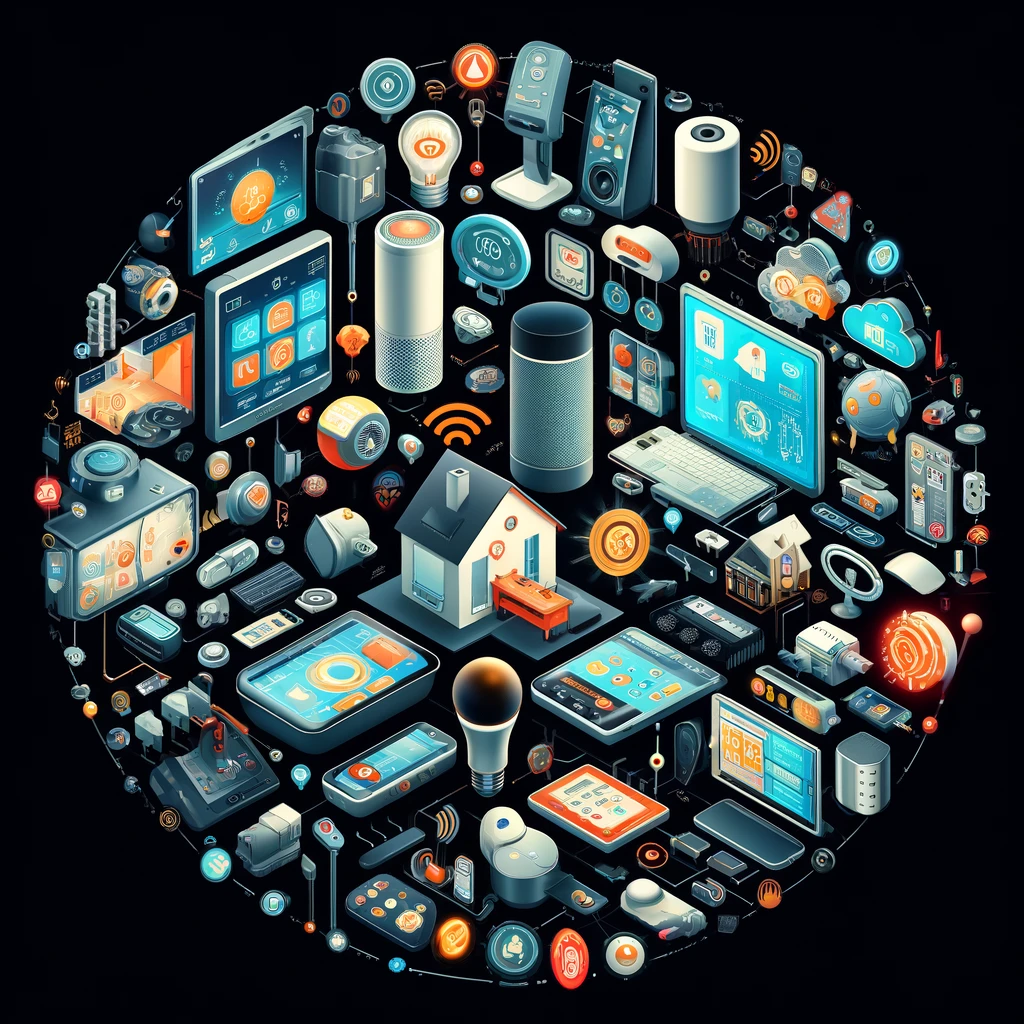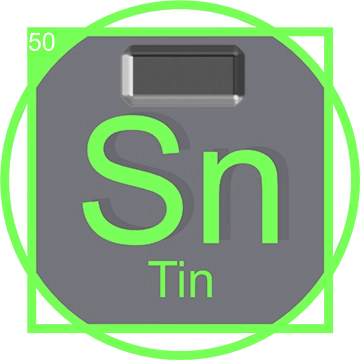Introduction to Smart Home Gadgets
Smart home gadgets have revolutionized the way we interact with our living spaces. From controlling lighting and climate to enhancing security and entertainment, these devices offer unparalleled convenience and efficiency. But have you ever wondered what makes these gadgets tick? The answer lies in the intricate interplay of various elements from the periodic table.
History of Smart Home Gadgets
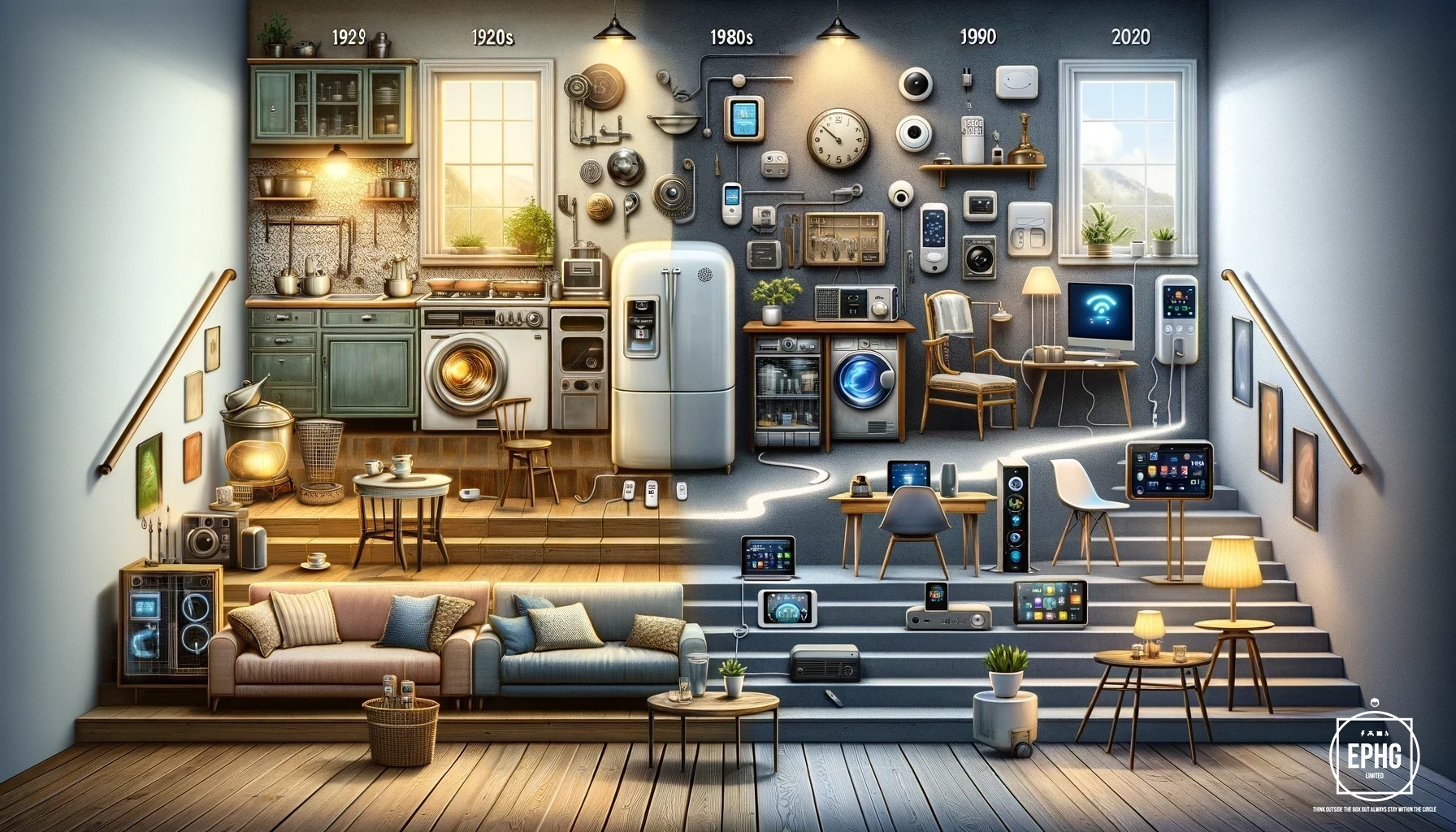
The concept of smart homes dates back to the early 20th century with the advent of automated household appliances, such as washing machines and refrigerators. These early innovations laid the groundwork for the idea of a home that could manage itself to a certain extent. However, it wasn't until the late 20th and early 21st centuries, with the rise of the internet and wireless technology, that smart home gadgets truly began to flourish. The development of personal computers, followed by the advent of the World Wide Web, created new possibilities for connectivity and automation.
Early pioneers in the field, such as X10 in the 1970s, envisioned homes where all devices were interconnected and could communicate with one another seamlessly. This vision paved the way for today's sophisticated systems, which integrate advanced technologies like artificial intelligence, machine learning, and the Internet of Things (IoT). These technologies enable smart home devices to learn user preferences, anticipate needs, and operate autonomously, creating a truly intelligent living environment.
Key Elements in Smart Home Gadgets
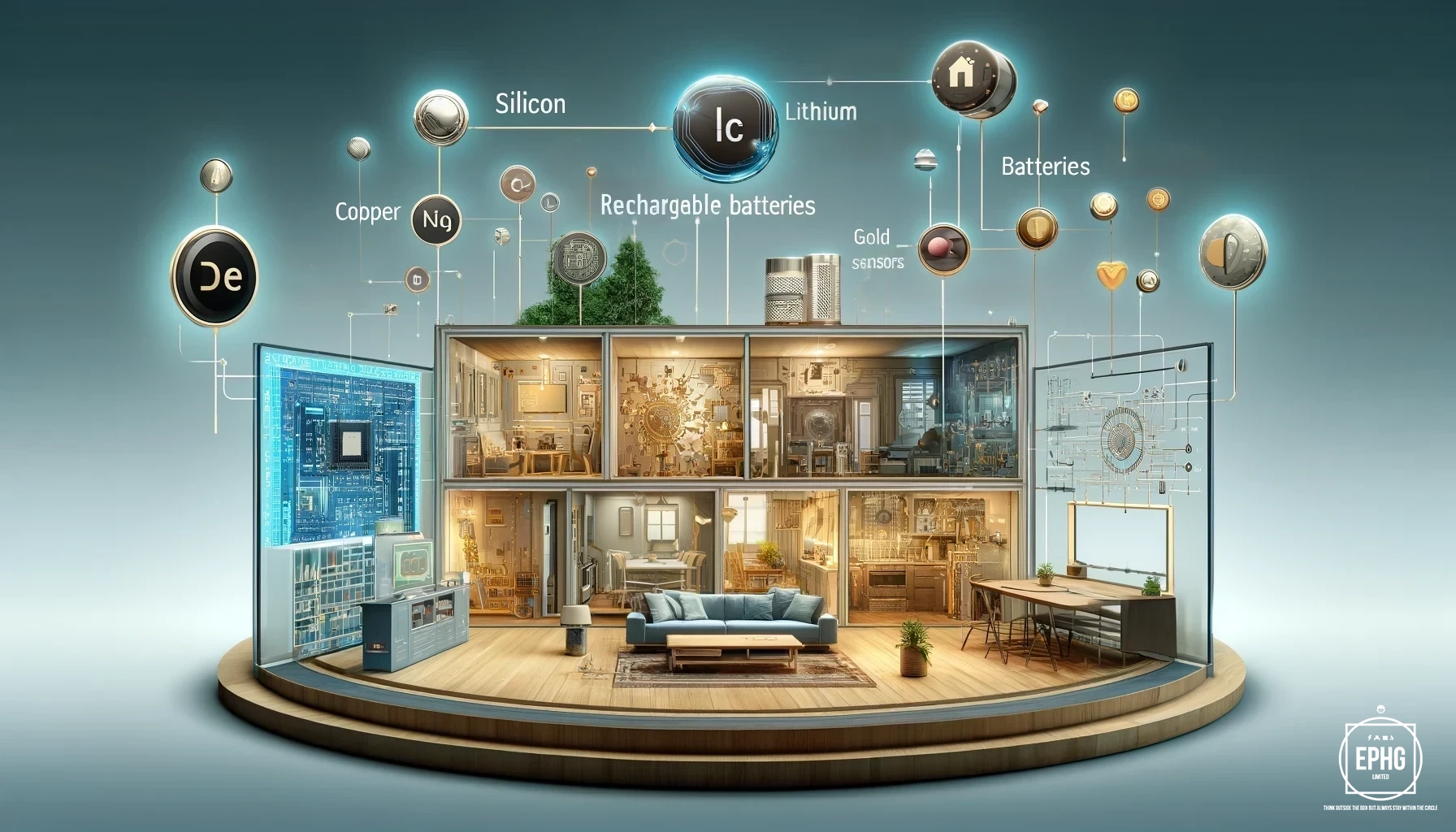
Smart home gadgets rely on a variety of elements to function. Here are some key elements and their roles:
- Silicon - The backbone of modern electronics, silicon is used in semiconductors and integrated circuits.
- Lithium - Essential for rechargeable batteries, powering many smart devices.
- Copper - Widely used in electrical wiring and components.
- Gold - Known for its excellent conductivity and resistance to corrosion, used in high-quality connectors.
- Platinum - Utilized in sensors and catalytic converters for smart home climate control systems.
The Present and Future of Smart Home Gadgets
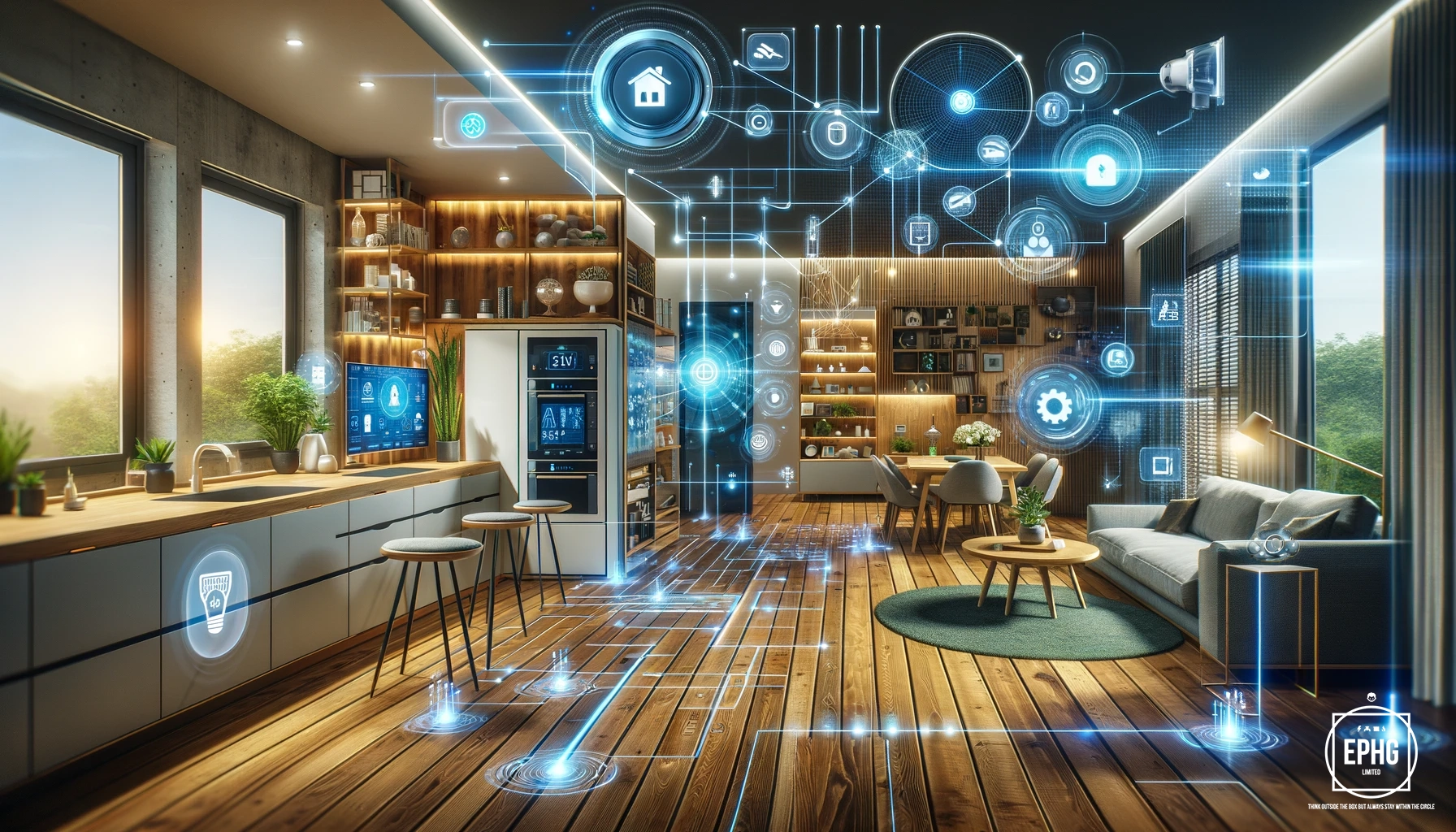
Today, smart home gadgets are more integrated and intelligent than ever. Voice-controlled assistants, smart thermostats, security cameras, and automated lighting systems are just a few examples of the technologies enhancing our daily lives. Looking to the future, we can expect even more seamless integration, with advances in artificial intelligence and machine learning enabling smarter and more intuitive home environments.
Moreover, the development of new materials and improvements in existing ones, driven by ongoing research into the periodic table, will continue to push the boundaries of what smart home gadgets can achieve.
Practical Uses of Smart Home Gadgets
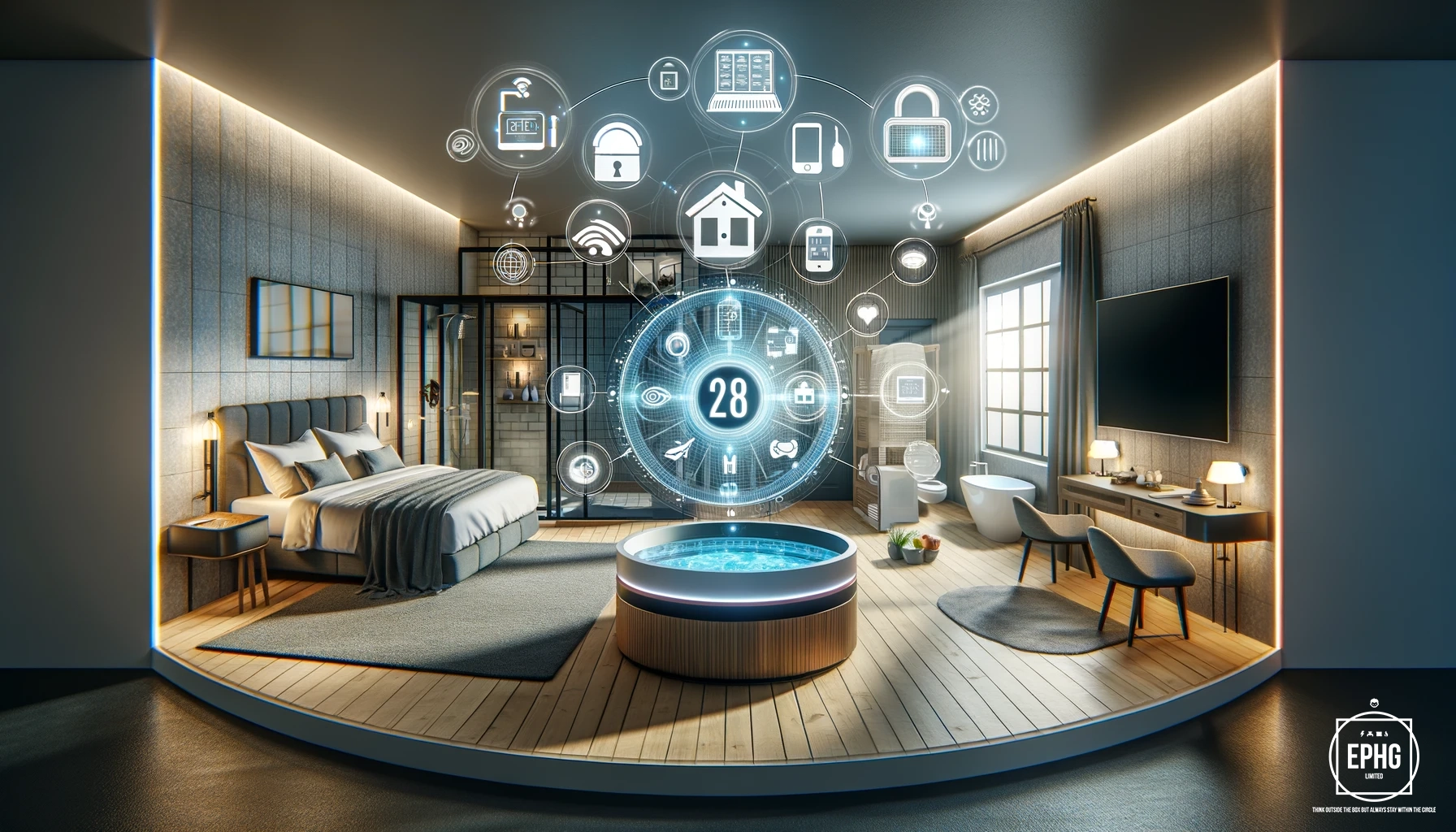
Smart home gadgets serve a variety of practical purposes:
- Enhancing home security through smart locks and cameras.
- Improving energy efficiency with smart thermostats and lighting.
- Offering convenience with voice-controlled assistants and automated systems.
- Providing entertainment through smart TVs and sound systems.
- Monitoring health and wellness with smart scales and fitness trackers.
Heating Systems in Smart Home Gadgets
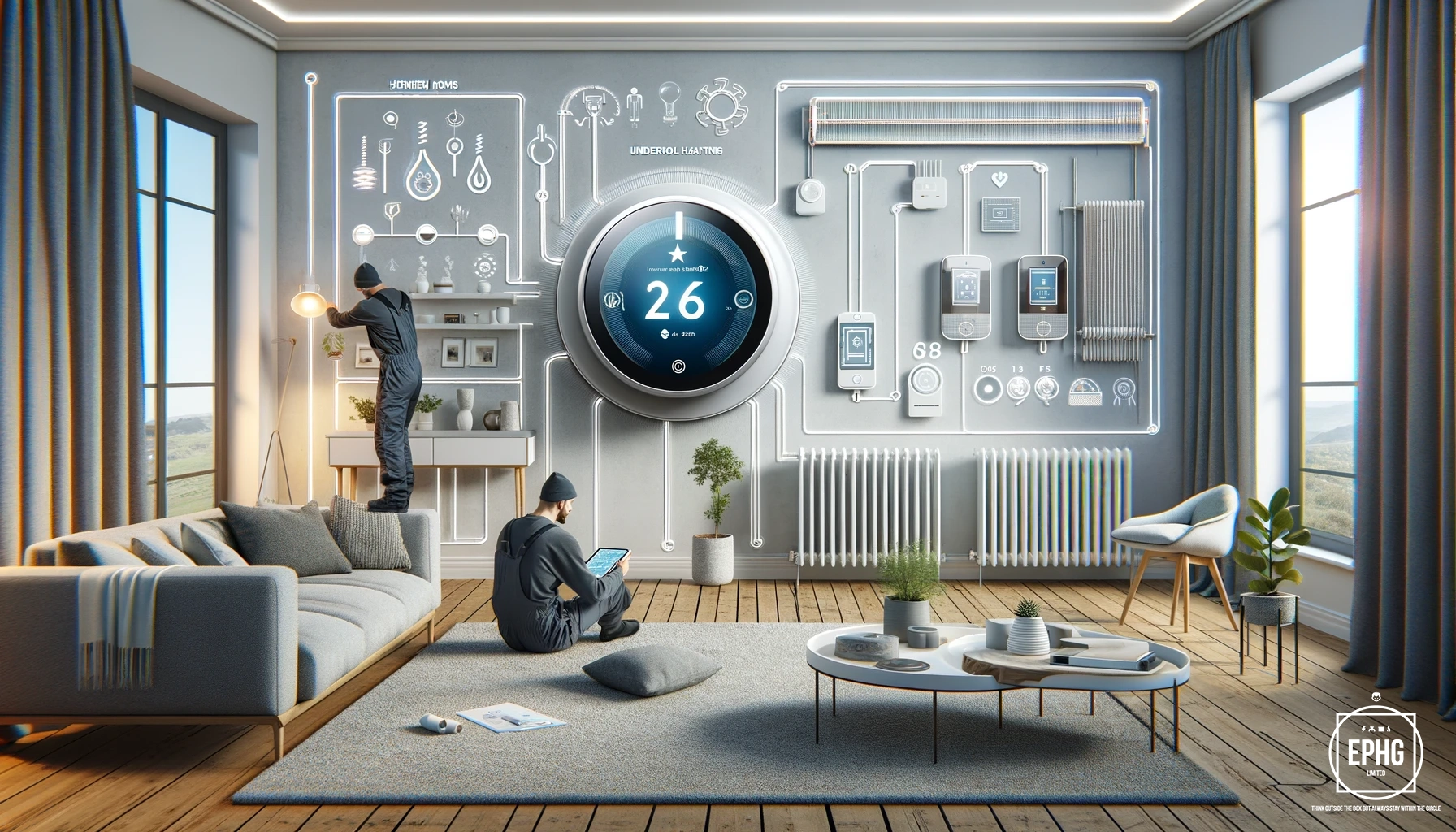
Smart home technology has significantly enhanced the efficiency and control of home heating systems. Modern smart thermostats allow homeowners to control temperature settings remotely via smartphones or voice commands, ensuring comfort while optimizing energy usage. These devices can learn a user's habits and adjust heating schedules accordingly, leading to substantial energy savings. However, the sophistication of these systems also necessitates the expertise of skilled heating engineers. These professionals are essential for the proper installation, maintenance, and troubleshooting of smart heating systems, ensuring they operate at peak efficiency and integrate seamlessly with other smart home technologies.
